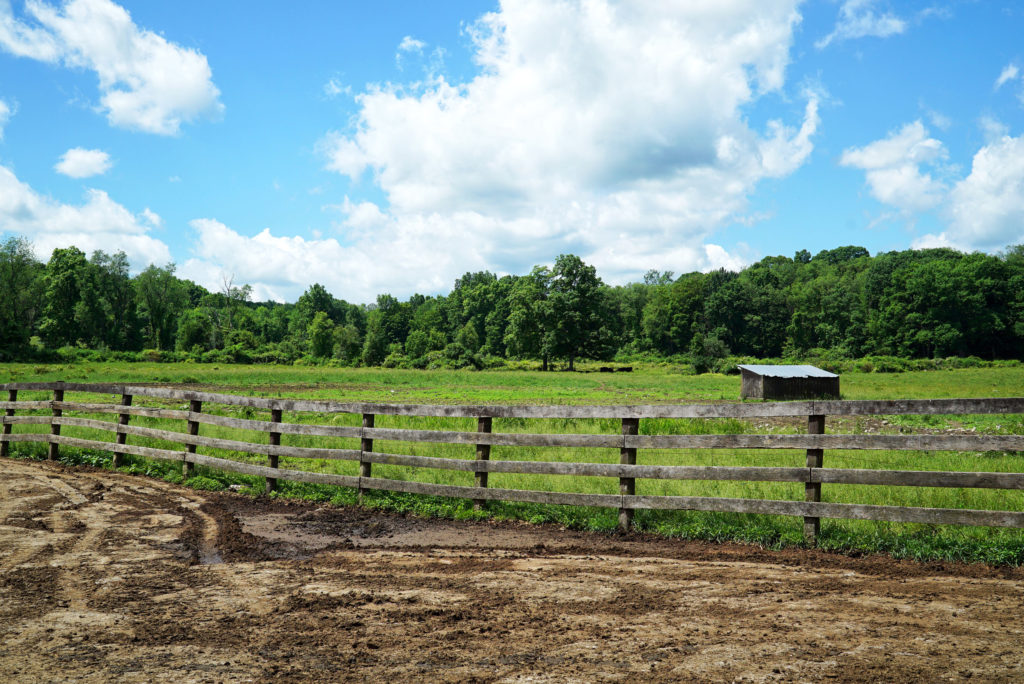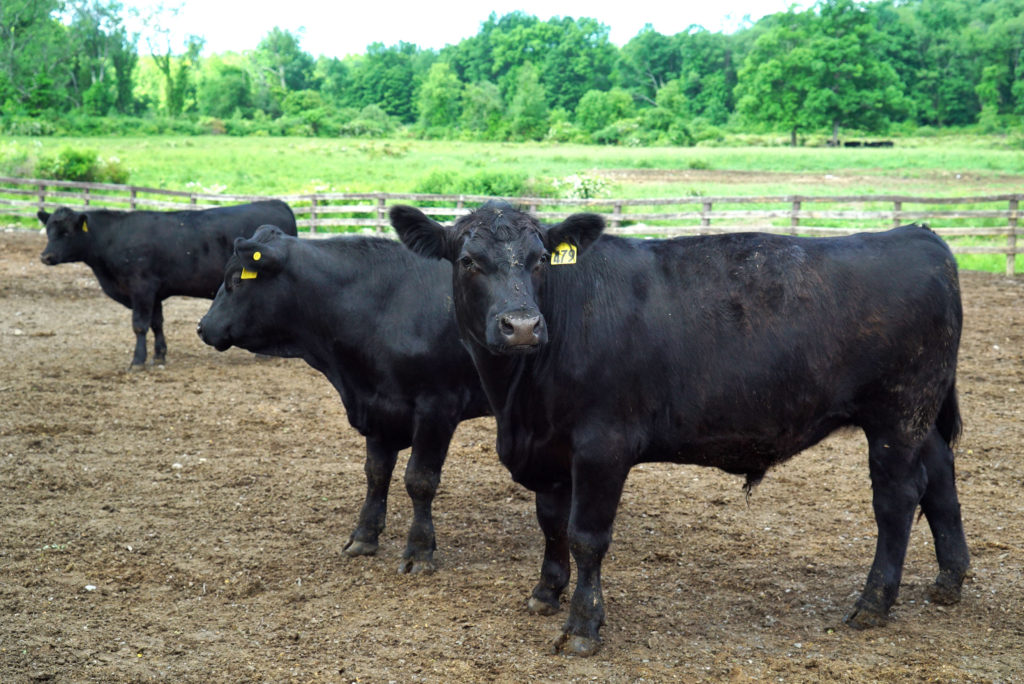Once again I am going to dedicate this post to dispelling some common misconceptions about the beef industry. Some of the biggest fabrications I hear these days is that the US beef industry is chock full of “factory farms,” where thousands of cattle are born and raised on feed lots, jammed into tight spaces, given nothing but grain and hormones for sustenance, and are generally mistreated and abused whilst farmers destroy the natural environment. ALL FALSE.

Most people don’t know that 97% of the 619,000 beef farms in this country are small, family owned operations with an average of 50 head of cattle. There goes the factory farm myth. And beef farming makes up about 29% of all US farms, in case you were wondering.
“Calving,” or the birthing of cattle, generally happens in a different area of the farm, removed from the feed yard, where farmers and veterinarians can more closely monitor the animals and keep them healthy. Once the calves are weened from their mother’s milk, they are put out in the pasture to eat grass and grow. Born and raised on feed lots? Screw that “bull crap.”

Cattle in the US are grass-fed in pasture for the majority of their lives. Don’t believe what you hear to the contrary. The development of grain feeding started way back, when the addition of grain into the animals’ diets was done to supplement meals for cattle during winter months and times when there were less live, growing grasses for cattle to eat. It was often mixed with stored hay silage as well.
Farmers noticed that the addition of grain to the diet caused cattle to grow faster. So today, grain is used for finishing and fattening up the cattle in the last months of their lives, prior to slaughter. This adds flavor content to the meat in addition to getting them up to a profitable weight for the marketplace. Grass finished animals (animals that only eat grass for their entire lives) take longer to get up to market weight, and are therefore older when they go to slaughter. That means they have to survive more winters and tough out more illnesses before getting to your dinner plate.
Jammed into crowded spaces? Nope. While cattle can withstand cold temperatures, farmers started using barns and other fully or partially enclosed shelters early on to shield their animals from the harsh weather in winter.


They found that cattle naturally gravitated toward one another anyway. They are social creatures. Even in pasture, when they’re out in wide open spaces, you will still see them huddled up together. Bison/buffalo do this as well. They even do it on the feedlot, where each animal has about 125-250 square feet of space, on average, in the US. Another myth bites the dust.

Now let’s discuss the environment. The US beef industry grasslands account for nearly 75% of US natural wildlife, and cattle spend a majority of their lives feeding on these natural grasslands. Up to 85% of our grassland in the US is actually not suitable for farming crops due to soil characteristics, topography, or rainfall. So cattle grazing is a good use of the otherwise inarable land that doesn’t do any additional harm. Lastly, bovine digestive systems are perfectly set up to convert the inedible plants on these grasslands into protein; beef that humans can eat!

I think that’s a good start for now. I’ll address animal care and animal health in the next BAM.

